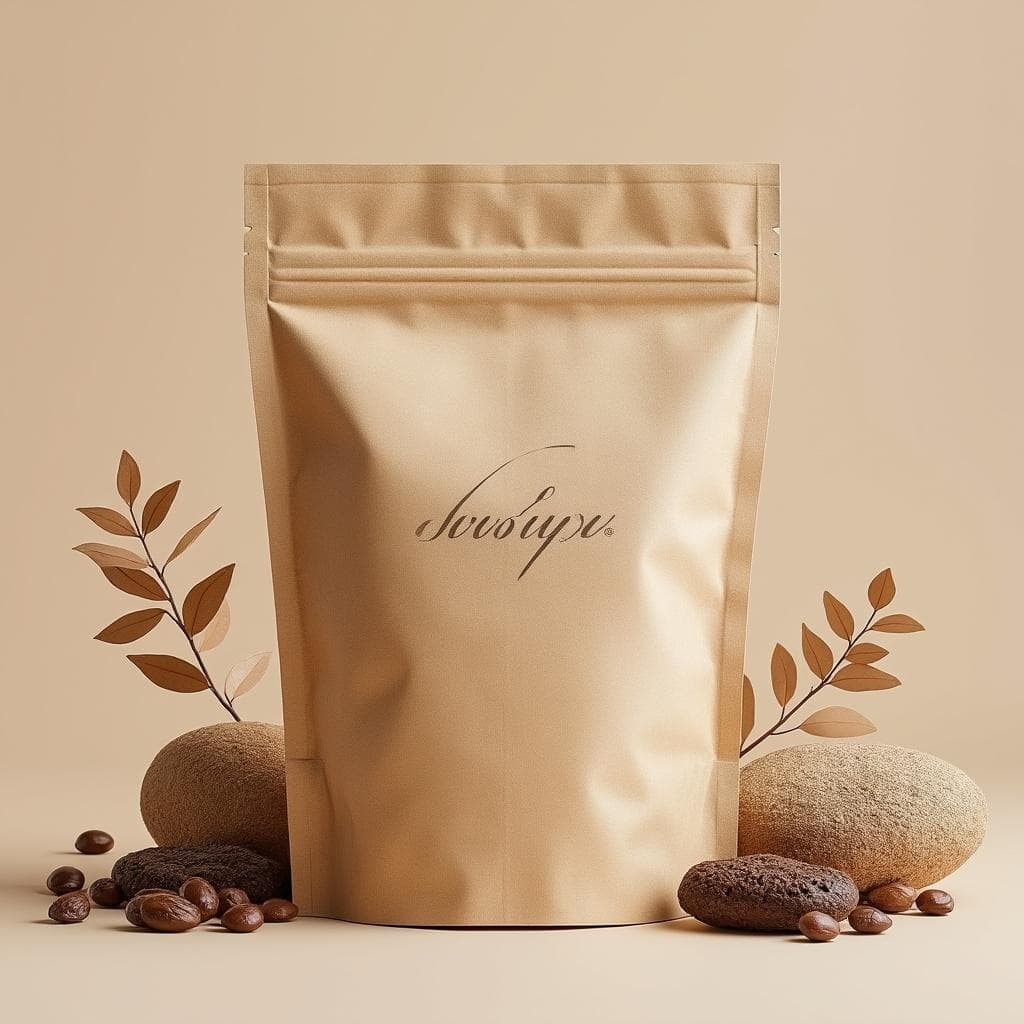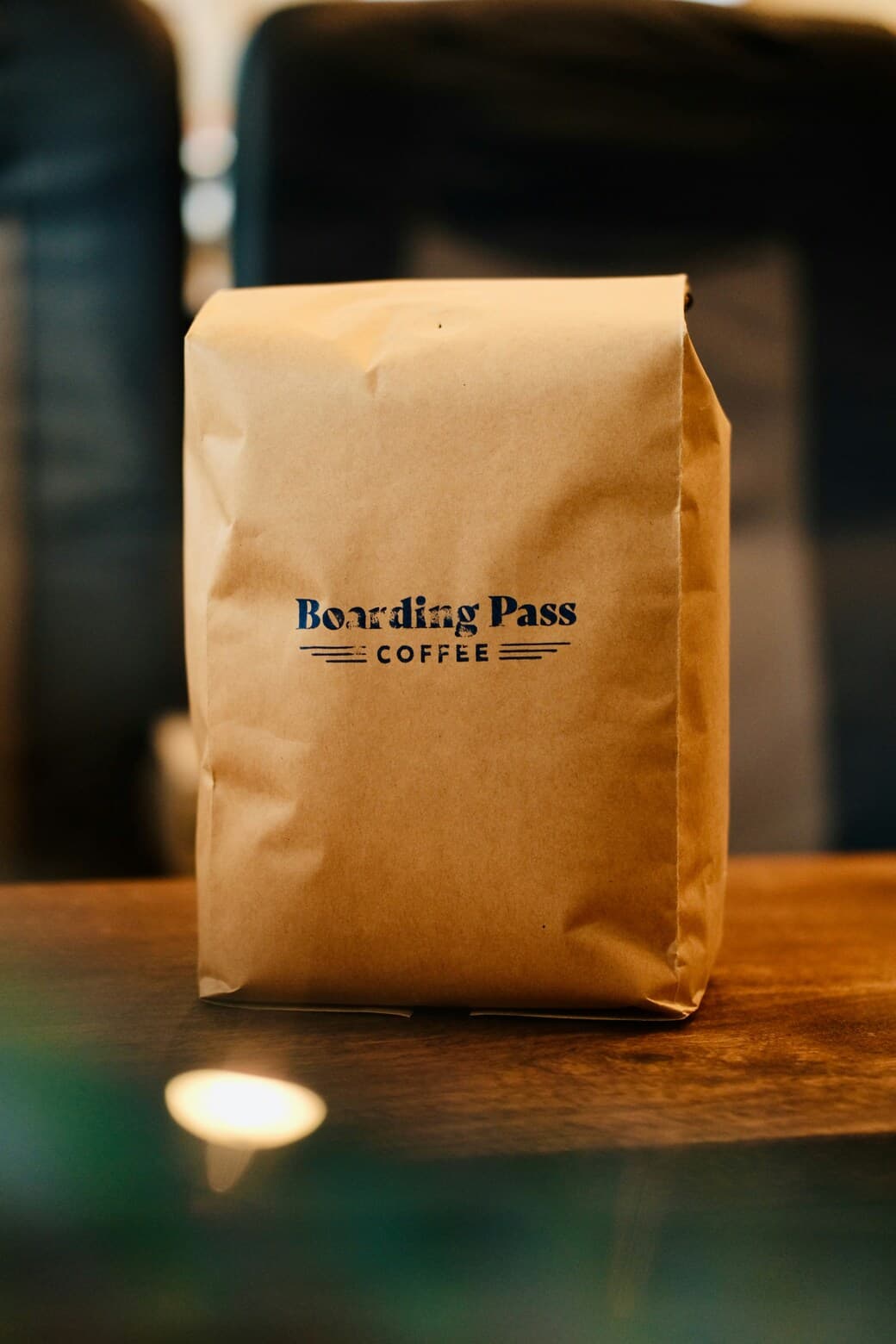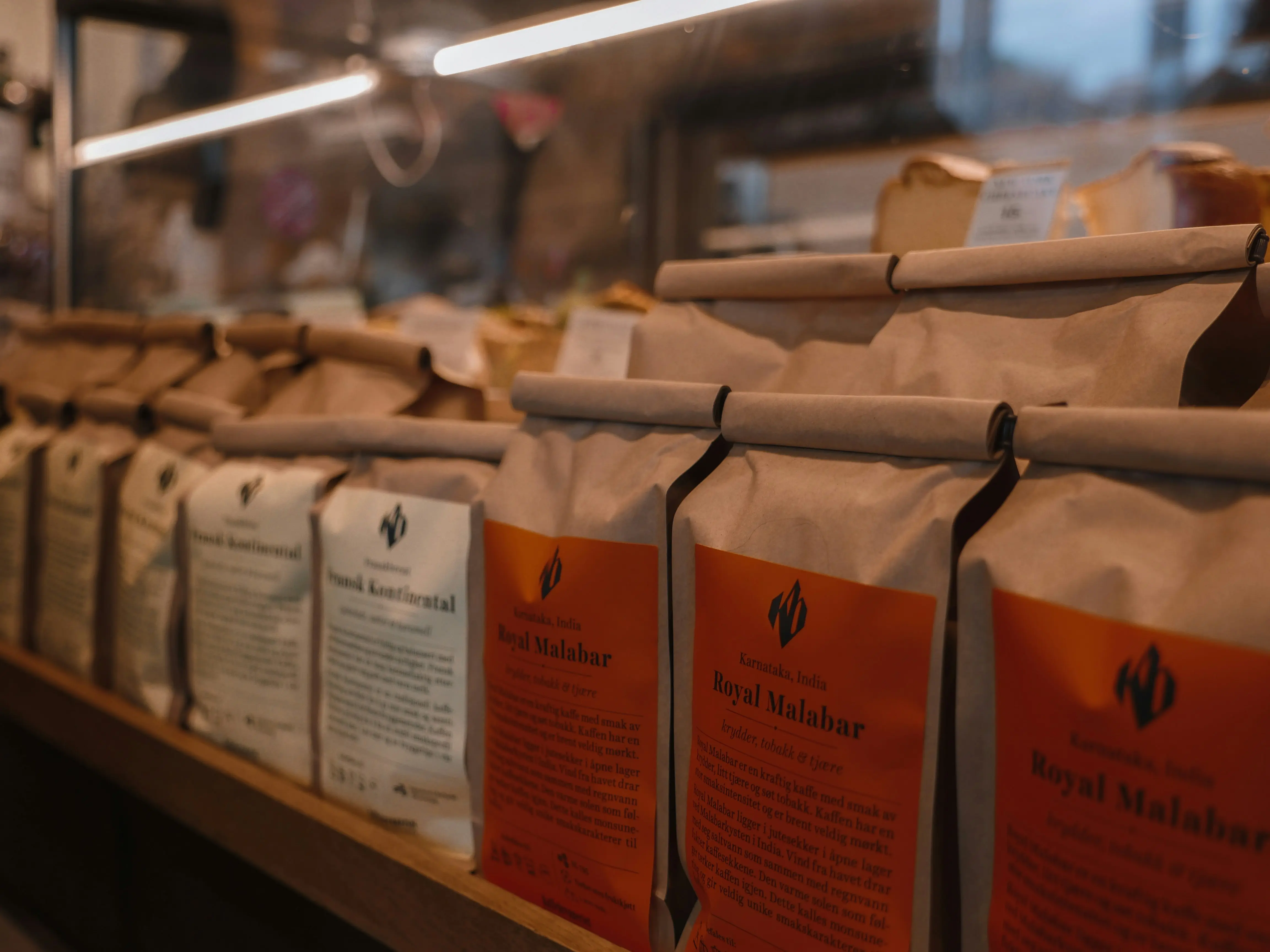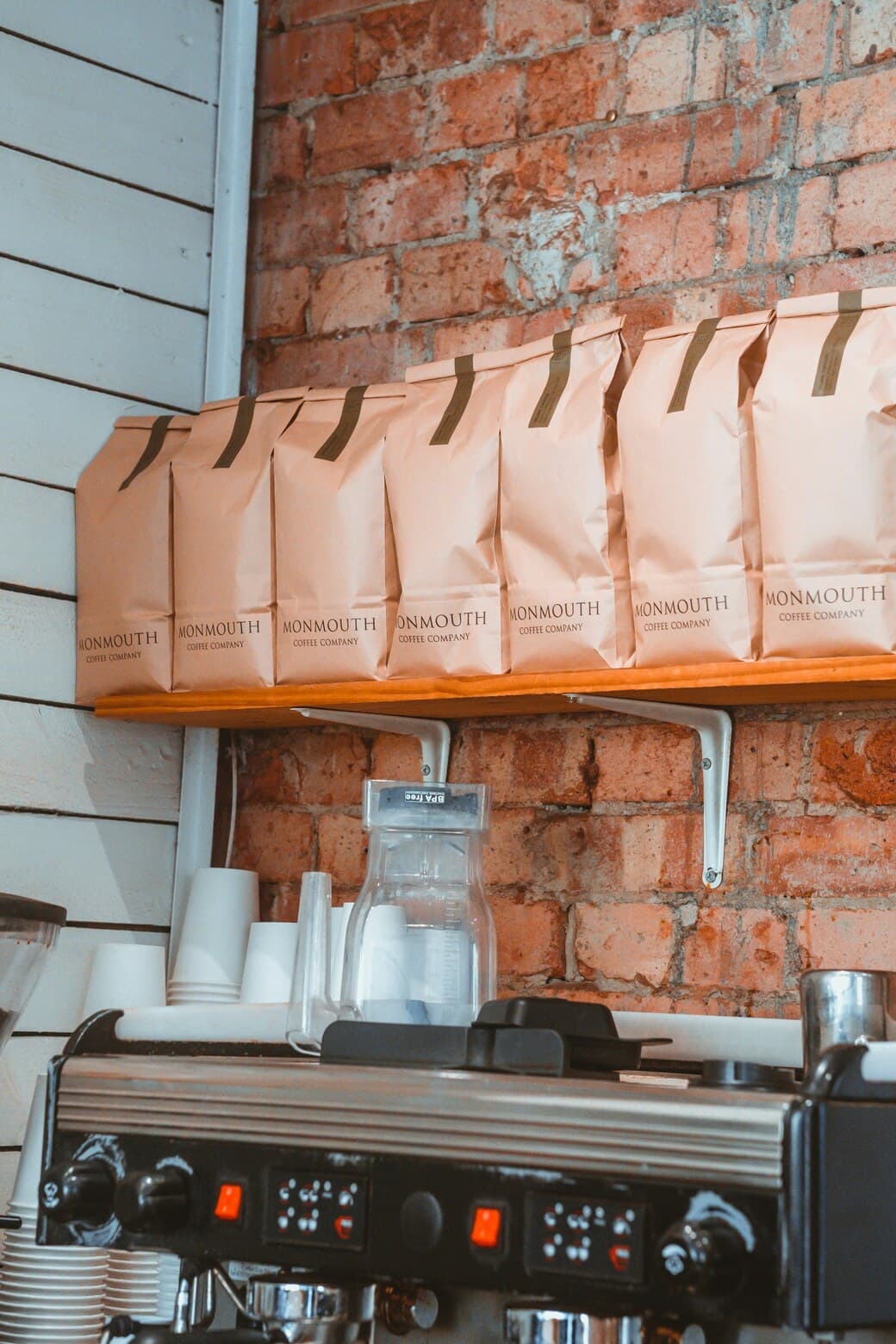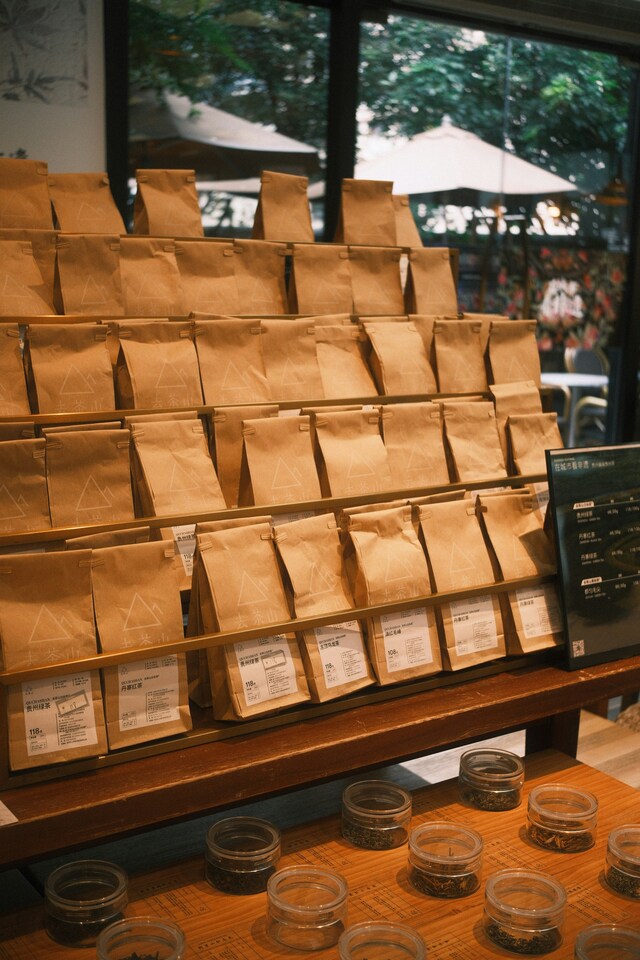A Complete Guide for Kraft Paper Packaging
Kraft paper has become increasingly popular as a go-to option for companies looking for eco-friendly packaging as sustainability continues to influence packaging design. In line with consumer expectations and international regulatory trends, its natural appearance, recyclability, and adaptability make it appropriate for a variety of industries, including food and beverage, personal care, and e-commerce. Companies are increasingly looking into kraft paper packaging due to its environmental benefits, as well as its utility and brand differentiation, as the paper packaging industry is expected to develop at a strong 4.8% CAGR through 2030. This guide will help you make well-informed decisions that strike a balance between sustainability, performance, and cost-effectiveness by guiding you through the advantages, environmental impact, and difficulties of kraft paper packaging.
Definition of Kraft Paper Packaging
The term "kraft paper packaging" describes a family of paper-based products made using the kraft pulping process that are designed to protect products in retail, food, and industrial supply chains. These products include bags, pouches, wraps and boxes. Kraft paper's renewable origin, recyclability, and compostability make it a viable substitute for multilayer plastics in a market where sustainability is quickly emerging as a major factor in consumer decisions and legal requirements. Paper and paperboard are already the most recycled major materials in Europe, demonstrating a developed infrastructure for collecting and reprocessing that brands can take use of when converting formats.
What Is Kraft Paper?
Kraft is derived from the German word for "strong," which is kraft paper's best quality. It is composed of a blend of wood pulp and virgin and recycled paper pulp. Because of the kraft pulp process, raw kraft has a high degree of elasticity, durability, and resistance to tearing. This eco-friendly paper is ideal for creating flexible packing bags in the natural paper style, hard boxes, sturdy cartons, and long-lasting wrapping paper.
Natural (Unbleached) Kraft:excellent printability, and great mechanical strength make natural (unbleached) kraft perfect for carrier sheets, heavy-duty bags, and wraps.
Bleached Kraft: Chemically brightened for a pristine white surface and raised graphics; chosen for luxury branding where shelf aesthetics matter.
Recycled Kraft:Kraft that has been recycled may contain post-industrial or post-consumer fiber. Although shorter fiber lengths may result in lower average strength compared to virgin kraft, recycled grades are more affordable, less dependent on virgin fiber, and, when properly specified, work well in liners, void fill, and many other secondary packaging applications.
Benefits of Kraft Paper Packaging
1.Sustainability and Eco-Friendliness
The eco-friendliness of kraft paper for packaging is one of its biggest benefits. Kraft paper is a powerful substitute for plastic packaging since it is biodegradable, compostable, and recyclable due to its natural wood pulp composition. Kraft paper helps businesses reduce their carbon impact and line with sustainability goals as worldwide concerns over plastic pollution grow. The global demand for eco-friendly packaging materials is expected to increase at a CAGR of 5.9% through 2027, mostly due to growing consumer preference for recyclable and renewable materials, according to a report on sustainable packaging by Smithers. Businesses that use kraft paper not only satisfy environmental and legal requirements, but also win over the growing number of ecologically concerned customers.
2. Strength and Sturdiness
Kraft paper is renowned for its remarkable strength and resistance to tearing, even though it is made of paper. Compared to ordinary paper, its long strands give it a stronger tensile strength, making it appropriate for packaging heavy or bulky items like industrial goods, pet food, or coffee beans. Because of its endurance, products are better protected during storage and transit, resulting in fewer damages and preserving consumer confidence. Pmarketresearch claims that because kraft paper bags can support a lot of weight without splitting, they are gradually taking the place of plastic bags in the food and retail sectors. Kraft paper for packaging is a sensible option for both consumers and businesses because of its strength advantage.
3.Increasing Consumer Perception and Brand Image
Packaging is crucial in determining consumer opinion of a brand in today's cutthroat industry. The values of authenticity, simplicity, and eco-consciousness that kraft paper for packaging portrays are highly appealing to contemporary customers. Over 55% of consumers are prepared to spend more for sustainable products, according to research from Deloitte Insights, and companies that utilize eco-friendly packaging tend to have more devoted customers. For instance, Kraft packaging is used by many luxury coffee and organic food products to convey environmental responsibility and natural quality. Businesses can lessen their environmental impact and improve their standing as ethical and progressive companies by using kraft paper.
4.Respect for International Regulations
Kraft paper packaging provides a solution that complies with the stringent laws that several nations have implemented to reduce the usage of single-use plastics. Non-recyclable plastics are being prohibited or taxed by governments in the US, the EU, and certain Asian countries, which is causing businesses to switch to more environmentally friendly options. Kraft paper packaging gives companies a quick and easy solution to adhere to these evolving regulations while still satisfying customer demands. Bans on single-use plastics are predicted by the European Parliament to reduce CO2 emissions by around 3.4 million tons per year (European Parliament Report). The argument for kraft paper as the preferred option for international packaging solutions is further supported by this regulatory effort.
Applications of Kraft Paper Food Packaging
Because kraft paper combines a natural, tactile brand feel with high strength and robust machinability, it is frequently utilized in flexible packaging for nearly every consumer product, from tea, coffee, and snacks to spices and protein powders.
High-barrier layers can be incorporated into paper-laminate food pouches to protect against moisture, light, and oxygen, maintaining food quality and shelf life.
Kraft's capacity to withstand tearing and stacking helps minimize damage in retail and online settings, and its appearance conveys an environmentally aware company identity.
Kraft Paper Printing Methods
With spot colors and straightforward designs, flexography continues to be the workhorse for medium-to-long runs, providing quick switchovers and affordable unit prices.
With the availability of food-safe inks and coatings from leading OEMs, digital printing is ideal for short runs, seasonal SKUs, customisation, and quick prototyping.
Remember that the natural brown base of unbleached kraft will slightly affect color reproduction (rich, natural tones print wonderfully; exceptionally bright whites need bleached or under-white kraft). Verify ink and coating compliance for prints that come into close contact with food, and keep up with changing chemical regulations (such as the voluntary phase-out of PFAS in US food packaging and wider worries about legacy chemicals).
The effects of Kraft Paper Food Packaging on the Environment
1.Minimization of Plastic Waste
One of the most urgent environmental issues facing the world today is global plastic waste, which is greatly reduced by kraft paper packaging bag. Under ideal circumstances, kraft paper decomposes spontaneously in a matter of weeks, as opposed to plastics, which can take hundreds of years to decompose. Approximately 11 million tons of plastic garbage enter seas annually, endangering marine ecosystems, according to the United Nations Environment Programme (UNEP). Businesses may promote global waste reduction targets and stop plastic from leaking into the environment by switching to kraft paper alternatives for single-use plastic packaging.
2.Contribution of Recyclability and the Circular Economy
The high recyclability of kraft paper is another benefit to the environment. It fits in well with the circular economy model, which reuses resources rather than discarding them, because it can be recycled up to seven times before losing strength. In 2022, the United States' paper recycling rate was 68%, one of the highest of all recyclable materials, according to the American Forest & Paper Association (AF\&PA). This illustrates how kraft paper lessens reliance on virgin raw materials and helps global recycling infrastructure.
3. Biodegradability and Composting
Kraft paper is not only recyclable but also biodegradable and compostable, dissolving into natural components without leaving behind harmful residues. Because of this, it is particularly useful in sectors like food and agriculture, where packaging waste frequently ends up in landfills. Compared to traditional plastics, compostable packaging, such as kraft paper, can drastically lower landfill methane emissions, according to studies published in the Journal of Cleaner Production.
Conclusion
Kraft paper is a mainstay of contemporary packaging portfolios due to its strength, adaptability, reliable sustainability, and aesthetically pleasing design. Brands can create packaging that balances performance and responsibility by selecting the appropriate type, such as recycled kraft for cost-effectiveness, bleached kraft for superior visual appeal, or natural kraft for genuine eco-forward branding. However, every choice has an effect on product protection, compliance, and the consumer experience. Examples of this include high-barrier choices with one-way valves for coffee and aroma-sensitive goods, as well as moisture-resistant laminates for snacks and dry foods.
Although kraft paper has amazing possibilities, the true difficulty is converting these technical decisions into packaging that complements your own brand narrative and target market. This is when professional advice is crucial. In order to assist brands traverse materials, barriers, sustainability, and design to create packaging that not only protects but also sells, RJ PACK specializes in providing end-to-end solutions and bespoke professional packaging services.Contact Rijing packaging team today if you require premium kraft paper to display, package, or safeguard your goods.


